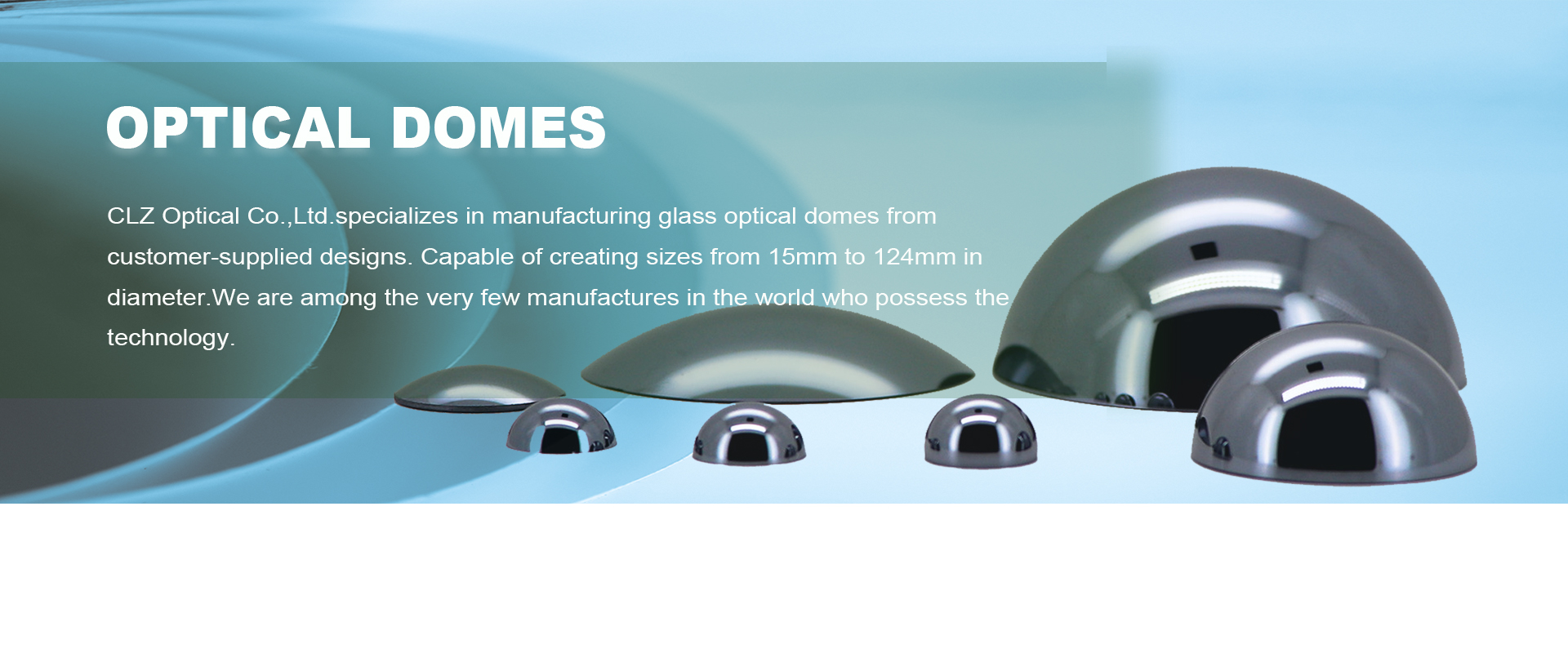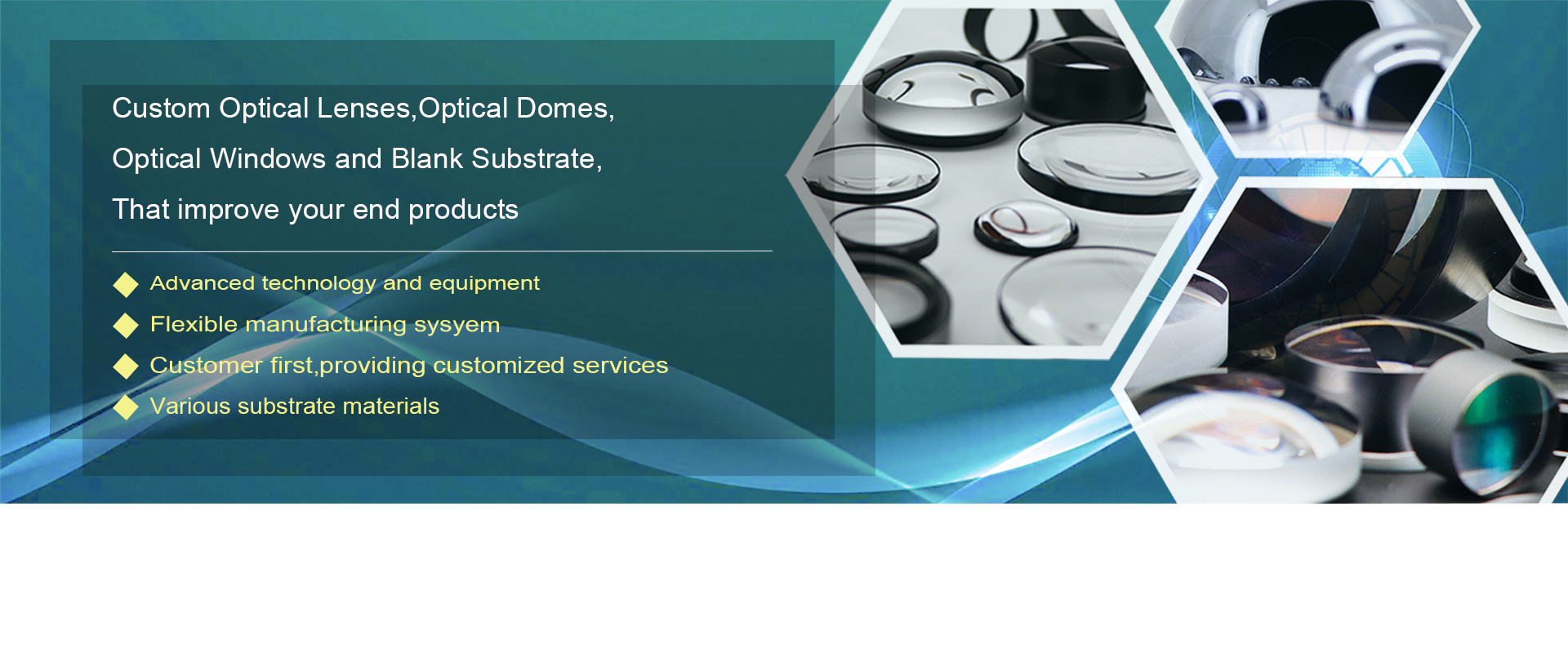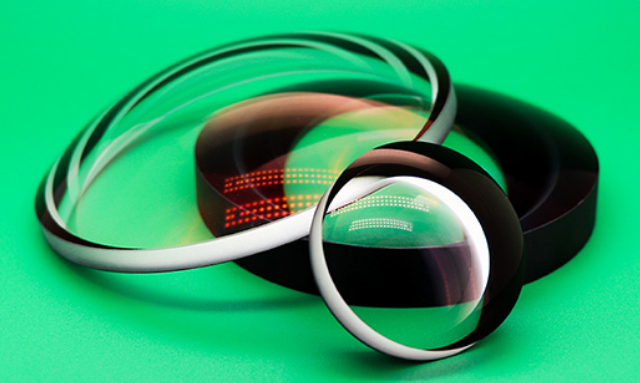Anamorphic Lenses vs. Spherical Lenses: A Comprehensive Guide
Jul. 08, 2024
In the world of cinematography and photography, lens choice is crucial for capturing the desired aesthetic and visual effects. Two primary types of lenses, anamorphic and spherical, offer distinct characteristics and benefits. These two lenses are also widely used in people's daily lives, lens is usually composed of one or more pieces of optical glass lens group, generally by the concave lens, convex lens or other lens group, modern camera lenses and the use of aspherical lenses.
CLZ Optical Co., Ltd. is a manufacturer of optical components, such as spherical lenses, optical domes, ect.
This guide explores the differences between these lenses, their applications, and how to choose the right one for your project.
What Are Anamorphic Lenses?
Anamorphic lenses are designed to capture a wider field of view on a standard sensor or film frame by squeezing the image horizontally during filming. This process creates a unique look with a wide aspect ratio, which is later "unsqueezed" during post-production to restore the intended widescreen image.
Key Features of Anamorphic Lenses
1. Aspect Ratio: Anamorphic lenses typically produce aspect ratios such as 2.39:1, providing a cinematic widescreen format ideal for films.
2. Lens Flares: These lenses are known for their distinctive horizontal lens flares, which add a dramatic, stylistic touch to the visuals.
3. Bokeh: The out-of-focus background elements (bokeh) from anamorphic lenses appear oval or elliptical, contributing to a unique visual style.
4. Field of View: They capture more of the scene horizontally without needing to move further back, making them excellent for landscape and establishing shots.
Advantages of Anamorphic Lenses
- Cinematic Aesthetic: The widescreen aspect ratio and unique optical characteristics give a film a professional, cinematic look.
- Wider Field of View: They allow for capturing more of the scene horizontally without increasing the sensor or film size.
- Distinctive Flares and Bokeh: The creative effects like lens flares and unique bokeh shapes enhance the artistic quality of the footage.
Limitations of Anamorphic Lenses
- Complexity and Cost: They are typically more expensive and complex to use than spherical lenses, often requiring additional post-processing steps.
- Distortion: The image compression can lead to optical distortions, especially at the edges of the frame, which may or may not be desirable depending on the creative intent.
What Are Spherical Lenses?
Spherical lenses are the most common type of lenses used in photography and filmmaking. They project a circular image onto the sensor or film, maintaining equal magnification in all directions and producing an image that matches the frame's aspect ratio.
Key Features of Spherical Lenses
1. Aspect Ratio: These lenses produce images that conform to the standard aspect ratios, such as 16:9 or 4:3, without any need for unsqueezing in post-production.
2. Sharper Images: Spherical lenses generally provide sharper images with less distortion compared to anamorphic lenses.
3. Versatility: They come in a wide range of focal lengths and are suitable for various applications from close-up portraits to wide landscape shots.
Advantages of Spherical Lenses
- Simplicity: They are easier to use and require less post-processing than anamorphic lenses.
- Sharpness and Clarity: Spherical lenses often deliver higher image quality with greater sharpness and less optical distortion.
- Cost-Effective: These lenses are generally more affordable and widely available, making them accessible for a broader range of projects.
Limitations of Spherical Lenses
- Standard Field of View: They do not offer the wider horizontal field of view characteristic of anamorphic lenses, which might limit their effectiveness for certain types of wide-angle shots.
- Lack of Cinematic Features: Spherical lenses do not naturally produce the same type of lens flares or bokeh that anamorphic lenses do, potentially missing out on certain creative effects.
Choosing Between Anamorphic and Spherical Lenses
The choice between anamorphic and spherical lenses depends on the specific needs of your project and the desired visual outcome. Here are some factors to consider:
Project Requirements
- Aspect Ratio: If a widescreen, cinematic aspect ratio is crucial, anamorphic lenses are the better choice.
- Budget: Consider the cost, as anamorphic lenses are typically more expensive and might require additional investment in post-production.
- Creative Effects: For distinctive lens flares and bokeh, anamorphic lenses provide unique advantages.
Technical Considerations
- Ease of Use: Spherical lenses are simpler to handle, making them suitable for fast-paced shooting environments.
- Image Quality: If sharpness and minimal distortion are priorities, spherical lenses are preferred.
- Versatility: Spherical lenses offer greater versatility in focal lengths and are useful for a wide variety of applications.
Personal Preference
- Aesthetic Goals: Personal preference for the aesthetic qualities provided by anamorphic lenses, such as the unique lens flares and bokeh, can heavily influence the decision.
- Experience: Your familiarity and comfort with either type of lens will also play a role in your choice.
Conclusion
Anamorphic and spherical lenses each offer distinct advantages and characteristics that can significantly impact the visual style and quality of your work. Understanding their differences and applications can help you make an informed decision that aligns with your creative and technical needs.




















